
Scouting, also known as the Scout Movement, is a worldwide youth movement employing the Scout method, a program of informal education with an emphasis on practical outdoor activities, including camping, woodcraft, aquatics, hiking, backpacking, and sports. Another widely recognized movement characteristic is the Scout uniform, by intent hiding all differences of social standing in a country and making for equality, with neckerchief and campaign hat or comparable head wear. Distinctive uniform insignia include the fleur-de-lis and the trefoil, as well as merit badges and other patches.

The World Organization of the Scout Movement is the largest international Scouting organization. WOSM has 172 members. These members are recognized national Scout organizations, which collectively have over 50 million participants. WOSM was established in 1922, and has its operational headquarters at Kuala Lumpur, Malaysia and its legal seat in Geneva, Switzerland. It is the counterpart of the World Association of Girl Guides and Girl Scouts (WAGGGS).

Latvijas Skautu un Gaidu Centrālā Organizācija is the primary national Scouting and Guiding organisation of Latvia and a member of both the World Association of Girl Guides and Girl Scouts and the World Organization of the Scout Movement. The organization had 759 members as of 2011. Scouting activities began in Latvia in 1917 when the area was still part of the Russian Empire. After independence in 1918, the national organization was established and Scouting thrived in Latvia in the 1920s-1930s. Upon the Soviet occupation of Latvia in 1940, Scouting was suppressed and not re-established until 1990, when Latvia regained its independence.
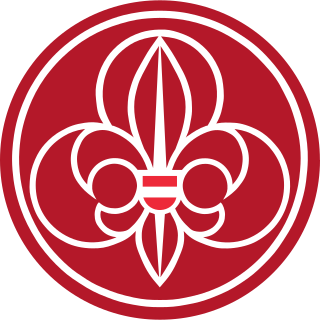
Pfadfinder und Pfadfinderinnen Österreichs is the largest Scouting and Guiding organization in Austria and the only one approved by World Association of Girl Guides and Girl Scouts (WAGGGS) and the World Organization of the Scout Movement (WOSM). The association claims more than 300 troops with more than 85,000 Scouts nationwide. WOSM and WAGGGS give quite smaller membership values for the PPÖ: 9,503 Scouts and 10,508 Guides.

The Afghanistan Scout Association was officially founded in 1931 in Afghanistan by a royal decree. The site of Robert Baden-Powell's second posting in 1880, Afghanistan was a member of the World Organization of the Scout Movement from 1932 until the Afghan government dissolved the Scout Association in 1947. Afghan Scouting was formed again from 1964 to 1978 and recognized by the World Organization of the Scout Movement.

The European Scout Region is one of six geographical subdivisions of the World Organization of the Scout Movement, headquartered in Geneva, Switzerland, with a satellite office in Brussels, Belgium.

Estonian Scout Association is the primary national Scouting organization of Estonia, became a member of the World Organization of the Scout Movement in 1996. The coeducational Eesti Skautide Ühing has 1,337 members as of 2011.

Magyar Cserkészszövetség, the primary national Scouting organization of Hungary, was founded in 1912, and became a member of the World Organization of the Scout Movement in 1922 and again after the rebirth of Scouting in the country in 1990. The coeducational Magyar Cserkészszövetség had 8,145 members in 2011.

The Ittihodi Scouthoi Tojikiston, the national Scouting organization of Tajikistan, was founded in 1993, and became a member of the World Organization of the Scout Movement (WOSM) on April 18, 1997. The coeducational Ittihodi Scouthoi Tojikiston has 511 members as of 2011. Tajikistan is the only one of the three Persian nations thus far whose Scouting is recognized by WOSM.

Scouting in Ukraine received World Organization of the Scout Movement (WOSM) recognition in July 2008. The Eurasian Region headquarters is located on Ukrainian territory.

The Africa Scout Region is the divisional office of the World Scout Bureau of the World Organization of the Scout Movement, headquartered in Nairobi, Kenya, with satellite offices in Cape Town, South Africa, and Dakar, Senegal. The Africa Region services Scouting in Sub-Saharan Africa and neighboring islands that are recognized members of the World Organization of the Scout Movement (WOSM). Currently, the region has 39 member National Scout Associations/Organizations and 11 potential members. There are about one million registered Scouts in Africa, though it is suspected that there are about twice that number in the region. The large nations of Mali, Guinea-Bissau and the Central African Republic, and several smaller nations, are not yet WOSM members, for various reasons.
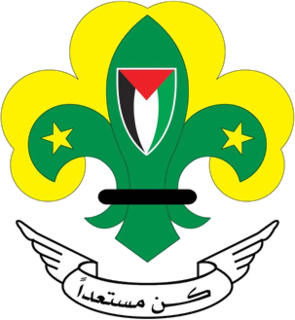
The Palestinian Scout Association is the organization responsible for the Scout movement in Palestine.
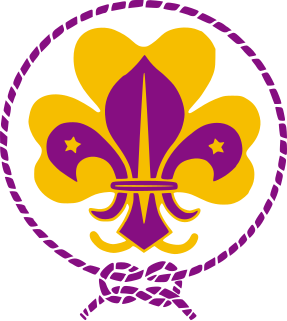
Scouting Nederland is the national Scout organisation of the Netherlands with approximately 110,000 members (53,324 male and 54,663 female, 87,000 youth members, as of 2010.
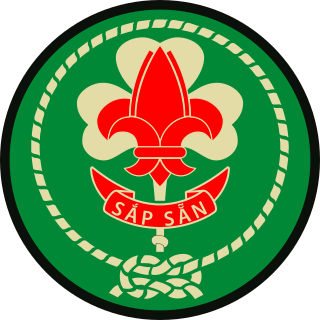
The Vietnamese Scout Association is a youth organization that was established in Vietnam and active between 1930 and 1975. The association was recognized by the World Organization of the Scout Movement from 1957 to 1975.
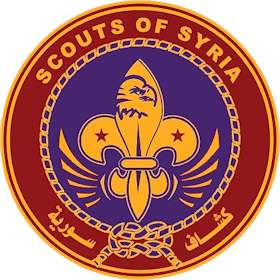
Scouts of Syria is the national Scout and Guide organization of Syria. Scouting in Syria was founded in 1912; Guiding started in the 1950s. The coeducational association serves 9,358 members and is a member of both the World Organization of the Scout Movement and the World Association of Girl Guides and Girl Scouts.
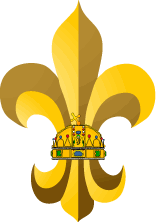
Külföldi Magyar Cserkészszövetség is a Scouts-in-Exile organization created for youth of Hungarian descent. Scouting makes it possible for young men and women to learn more about their Hungarian heritage, language and culture. The organization is dedicated to carrying out its obligations at four levels: God, their adopted countries, their fellow man and the Hungarian nation. The Boy Scout and Girl Scout units meet in conjunction with Hungarian weekend schools, which in many instances they also operate.
Non-aligned Scouting organizations is a term used by the World Organization of the Scout Movement (WOSM), World Association of Girl Guides and Girl Scouts (WAGGGS) and their member national organizations to refer to Scouting organizations that are not affiliated with them. See List of non-aligned Scouting organizations.
Scouting and Guiding in Switzerland is made up of numerous scouting and guiding bodies which act to provide the opportunities to scout. This could be though Swiss national Scouting and Guiding organizations, through independent troops or through international troops established in Switzerland. While the latter two are similar, there is a fundamental difference because the three independent groups while taking guidance under different national regimes it is a program developed by people in the various cities, where the presence of international groups in Switzerland is a top down targeted programs that have been developed to offer expatriates scouting and guiding in the language they are used to and are developed in areas with a larger expatriate community. All of which are supported the existence of KISC and Our Chalet, both acting as semi-permeant jamborees.
Scouting has been active in displaced persons camps and in the lives of refugees since World War I. During and after World War II, until the early 1950s, Scouting and Guiding flourished in these camps. These Scout and Girl Guide groups often provided postal delivery and other basic services in displaced persons camps. This working system was duplicated dozens of times around the world. In the present, Scouting and Guiding once again provide services and relief in camps throughout war-torn Africa.
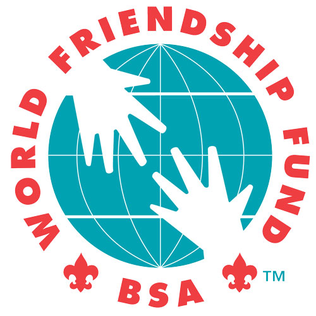
The World Friendship Fund is a major endowment fund of the Boy Scouts of America developed during the closing days of World War II, the answer of Scouting to the Marshall Plan, to rebuild Scouting in nations that had been wracked by war.


















